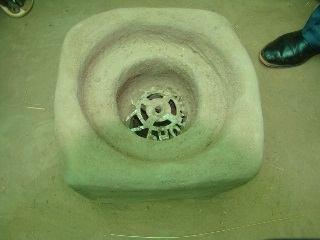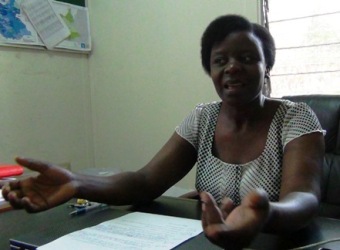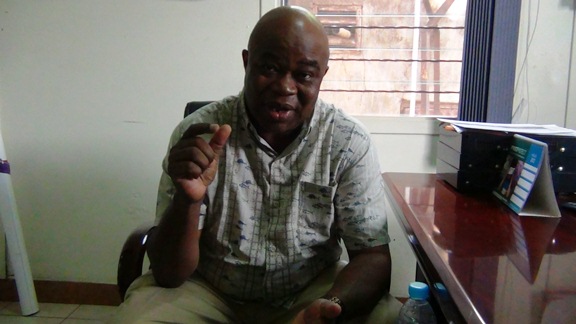CORRECTION | S. Sudan: Women turn to energy saving stoves to improve live
* Correction made on 21 September 2012. SSHiNE originally told Sudan Tribune that “most” of the goods in question had perished. The real figure was 10%.
By Julius N. Uma
September 5, 2012 (JUBA) – Women in South Sudan’s Warrap and Northern Bahr el Ghazal states have embarked on the use of energy saving stoves not only improving their lives, but also reduce dependency on trees for firewood, which negatively impacts on the environment.

The stoves, locally known as “Jikos” are made from clay and sandy-like materials and can last for over a year, if properly utilized. Each stove in the market costs about 300 South Sudanese Pounds (SSP), around $80.
“These energy saving stoves will continue benefiting women because what they learnt will remain with them and hence change only their lives and those of their families,” Awadia Ogillo, the Associate Country Director for Adventist Development and Relief Agency (ADRA).
A recent report on South Sudan’s environment said charcoal burning, which requires large quantities of wood, has significantly contributed to deforestation in the young nation.
The report, however, recommends that to reduce the deforestation and the time for fuel wood collection, South Sudanese should use fuel-efficient wooden stoves specifically designed for each household, depending on the needs and fuel availability.
In South Sudan, ADRA, with support from its partners implemented a two-year health nutrition and empowerment program in six counties of the two states, mainly targeting vulnerable women, children under five and lactating mothers. The program was co-funded by the US Agency for International Development (USAID) and the Washington DC-based Food for Peace (FFP) office.

Nearly 2,000 metric tons of foods were reportedly distributed, reaching at least 13,000 vulnerable women and children in the six counties of Warrap and Northern Bahr el Ghazal states. In addition, 40 outpatient therapeutic centers were reportedly established to take care of malnourished children.
Ogillo, however, told Sudan Tribune that ADRA succeeded in the implementation of the first multi-year in South Sudan project, despite the challenges that existed in the country at the time.
“This was a great opportunity for us and we learnt a lot from it. There are areas where we had difficulties, but the experiences and lessons learnt remain with us for the future,” she said.
Also, a total of 26,000 women leaders were reportedly equipped with skills and knowledge to teach mother how to prepare simple nutritious food for young children using local ingredients.
“The main center of the project was what we called the PM2A [Prevention of malnutrition under the age of 2] initiative, which mainly targeted the groups in order to reduce malnutrition,” said Idrissa Kamara, head of the SSHiNE program.

“We also had targeted indicators and I can say for all the indicators, we achieved over 90 percent,” he added.
In April this year, ADRA launched a health and nutrition campaign in Warrap state with the aim of teaching its beneficiaries skills on how to prepare food in a hygienic and sanitation-free environment.
“Before the implementation of the program, we realized most women did not have the adequate information with regard to the value of the available food in their community,” Idrissa said, while adding “The response to the campaign was very positive.”
NORTH-SOUTH BORDER CLOSURE
Meanwhile, ADRA says it lost nearly US$1m as a result of the impasse at the north-south Sudan borders, in the run up to last year’s referendum in South Sudan.
“In addition to one of our trucks being hit by a landmine with 55 metric tons of food, we also lost about 405.89 metric tons of food that was stranded at Rabak,” the capital of Sudan’s White Nile State Idrissa told Sudan Tribune. The pre-conditions given by the Khartoum authorities made it difficult for the food to be delivered to South Sudan, he said.
Sudan closed the border ahead of South Sudan’s independence accusing Juba of backing rebels north of the border.
Idriss said that while some of the food stuck in White Nile State was distributed to South Sudanese stranded in Kosti, on their way back to South Sudan. However, about 10% of the food perished.*
About 4.7 million South Sudanese, a United Nations assessment shows, remain food insecure this year alone, with at least one million at risk of facing severe hunger.
(ST)
